It is 30 years since Liverpool last won the league, with Kenny Dalglish‘s side storming to the First Division title in 1989/90. Here, we take a look at the squad that won it.
On Saturday, April 28, 1990, Dalglish’s Reds hosted QPR at Anfield, needing just four points from their final three league games to secure the title.
Elsewhere that weekend Aston Villa were held to a 3-3 draw by Norwich, meaning Liverpool’s 2-1 victory was enough to clinch the club’s 18th top-flight honour.
Thirty years on, that remains the last time Liverpool won the league, though Jurgen Klopp‘s current vintage are just six points away from ending the drought with the season suspended.
So who were the Reds’ heroes that season and what happened next? Here we run through Dalglish’s squad.
Bruce Grobbelaar
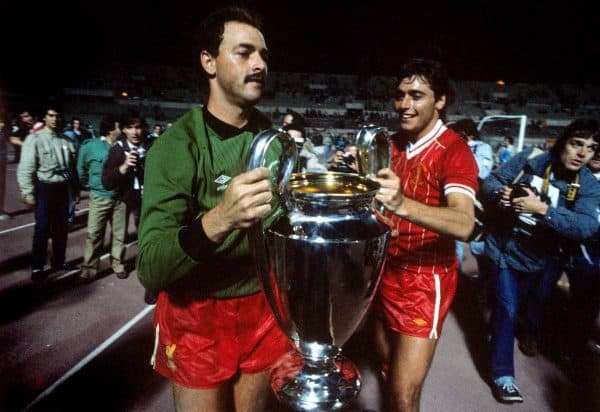
Appearances: 38
Clean sheets: 12
Grobbelaar was Liverpool’s only ever-present across all competitions in 1989/90, including every minute of every game in the league, conceding 37 goals and keeping 12 clean sheets; the eccentricities were balanced with sheer ability.
The Zimbabwean would play two more seasons as No. 1, briefly joining Stoke on loan in 1993 before departing permanently for Southampton the following year, with spells at the likes of Plymouth, Oldham and Bury to follow.
Alan Hansen
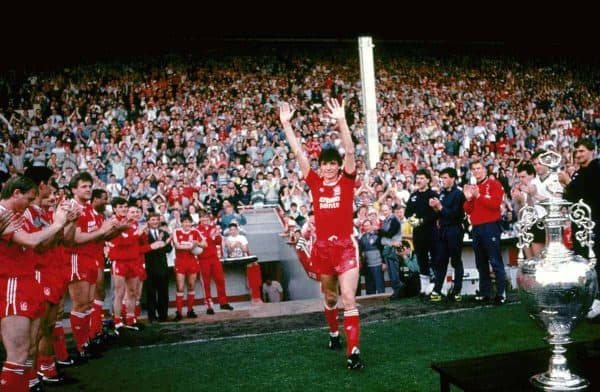
Appearances: 31
Goals: 0
Bringing a glittering career on Merseyside an end, Hansen wore the captain’s armband and featured prominently as Dalglish shaped a new defensive line around him, evading the knee injuries that dogged his previous campaign to lead the Reds with stylish distinction.
The Scot stayed with Liverpool for the following season but was unable to feature due to injury, and announced his retirement in early 1991, turning down a host of managerial offers to move into media work.
Glenn Hysen
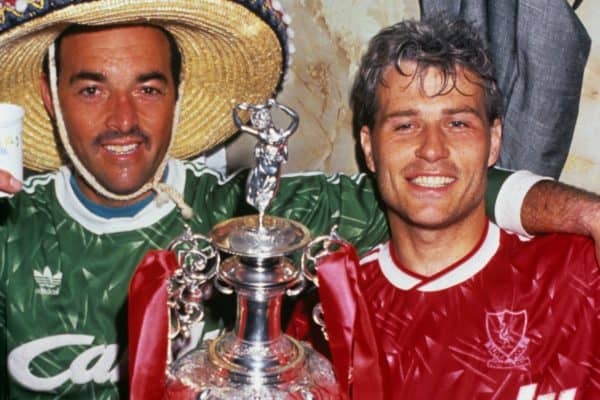
Appearances: 35
Goals: 1
A new partner for Hansen at the back, Hysen was brought in from Fiorentina as Liverpool pipped Man United to a £600,000 deal, producing an excellent maiden campaign that reinforced his status as one of Europe’s best.
His fortunes faded after the title win, however, and as he dropped down the pecking order under Graeme Souness he returned to Sweden with GAIS in 1992, retiring two years later.
Gary Ablett
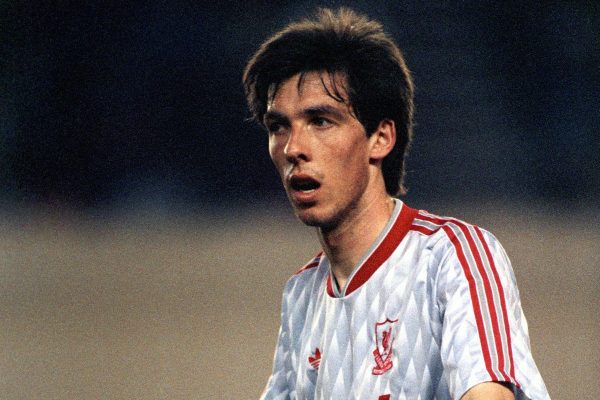
Appearances: 15
Goals: 0
A dependable, versatile defender who had come through the academy ranks, Ablett had made 48 starts for the Reds in 1988/89, but was reduced to a squad role the following season, playing just 16 times including 15 in the league.
He joined Everton in 1992, becoming the first player to win the FA Cup with both Merseyside clubs when they beat Man United in the final in 1995, and later returned as Liverpool’s reserve coach in 2006.
Ablett sadly passed away in 2012, at the age of 46, after a battle with non-Hodgkin lymphoma.
Gary Gillespie
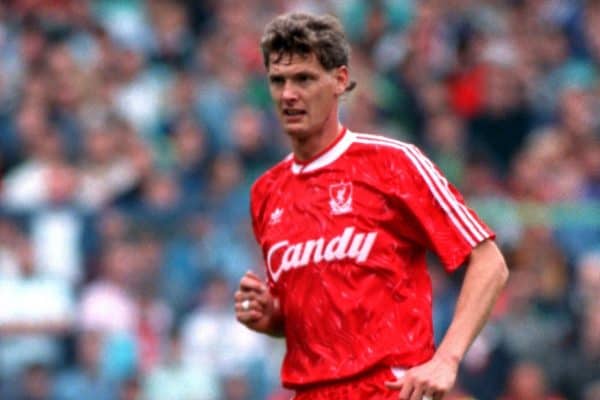
Appearances: 13
Goals: 4
A hugely talented defender who had previously supplanted Mark Lawrenson as Hansen’s centre-back partner, Gillespie’s injury problems restricted his opportunities in the title-winning campaign, but he still made 13 league outings, mostly from right-back.
Another to depart soon after Souness’ arrival as manager, Gillespie joined Celtic in 1991 and then Coventry in 1994, though a knee injury forced his retirement after only a handful of outings for the Sky Blues.
Steve Nicol
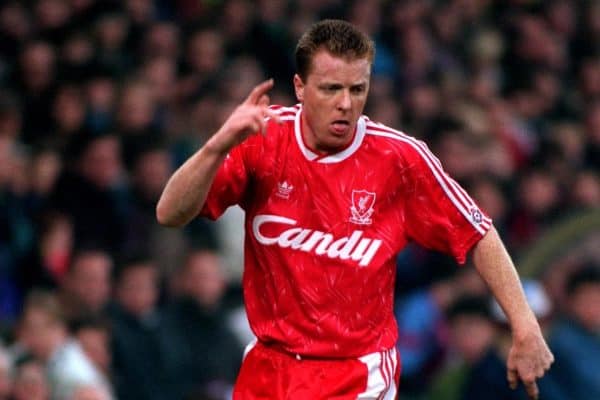
Appearances: 23
Goals: 6
A tireless, indispensable player who filled a plethora of roles across the midfield and defence, Nicol actually made the second-fewest appearances of a relentless 11-season run as a first-team regular at Liverpool in 1989/90.
He also, however, produced his highest goal tally of any campaign for the Reds, scoring nine including six in the league, and set up both goals in the 2-1 win over QPR.
Nicol left for Notts County in 1994 and ended his playing career in the United States, segueing into a coaching role which saw him lead the New England Revolution for 10 seasons.
David Burrows
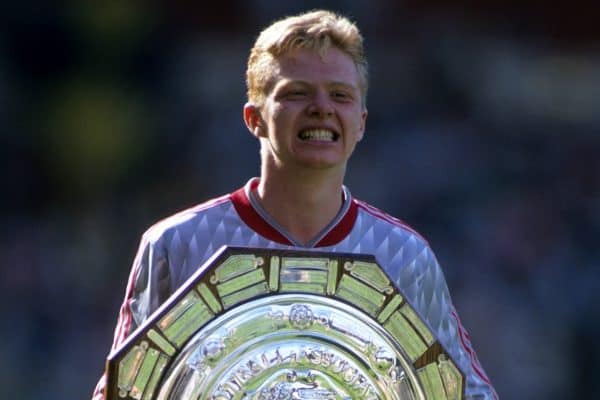
Appearances: 26
Goals: 0
A solid but unspectacular youngster who shared left-back duties with Steve Staunton, Burrows played all 90 minutes in the first 12 league games of the campaign before regularly rotating in and out of the squad.
Like Ablett, Burrows also went on to represent Everton, spending a season at Goodison Park in 1994/95 having left for West Ham a year previous, retiring due to injury in 2003 after stints with Coventry, Birmingham and Sheffield Wednesday.
Barry Venison
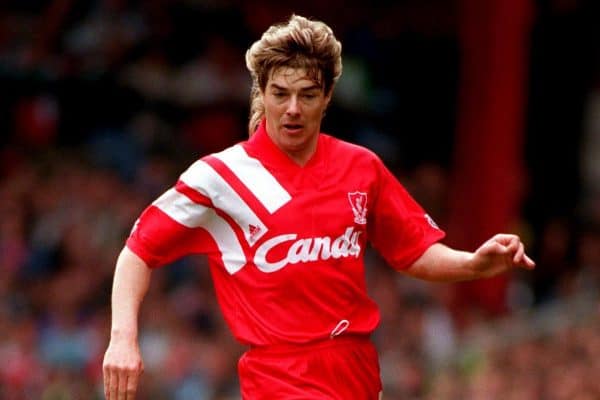
Appearances: 25
Goals: 0
Having successfully touted himself to Liverpool through a letter to Dalglish in 1986—”something extra,” he explained, not the deciding factor—Venison was a regular at right-back throughout 1989/90.
“There was a real professionalism and a low-key, aggressive, confident attitude about every game, especially at Anfield,” Venison told This Is Anfield of the campaign. “It’s part of the reason Liverpool were so successful at that time.”
The long-haired defender stayed with the Reds until 1992, before joining Newcastle and then Galatasaray, finishing his career with Southampton in a third spell playing under Souness.
Steve Staunton
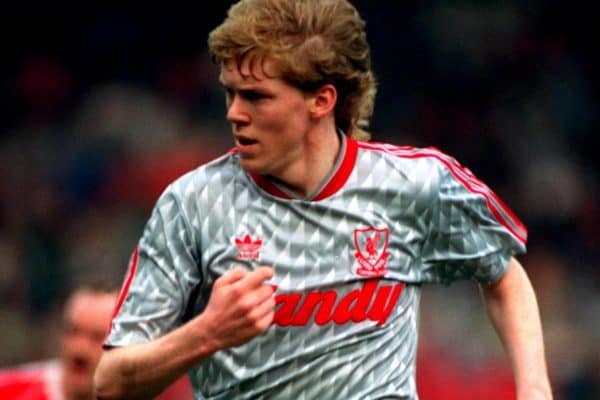
Appearances: 20
Goals: 0
A youngster signed from Dundalk in 1986, Staunton was in his second season with the first team as he looked to cement his place as first-choice left-back—though he shared duties with Burrows throughout 1989/90.
Staunton scored a hat-trick from the bench in the League Cup win over Wigan that season and his star was clearly on the rise, but Souness saw fit to sell him to Aston Villa in 1991, where he caught the eye as a Premier League stalwart.
The Irishman returned to Liverpool on a free transfer in 1998, before then heading back to Villa via Crystal Palace two years later; he briefly managed the Republic of Ireland following his retirement in 2005.
Steve McMahon
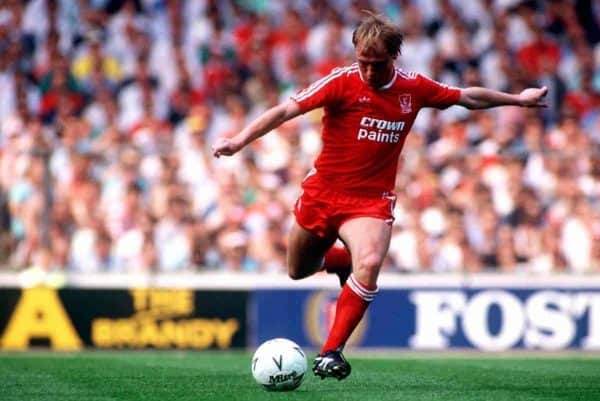
Appearances: 38
Goals: 5
If anyone can, Macca can.
McMahon was firmly established as a fan favourite having taken over from Souness as Liverpool’s midfield enforcer, and reliable goalscorer, in 1985, and the Reds’ last title-winning season was no different as he featured in every league game.
It proved to be the last time McMahon would make over 30 appearances in a season for the club, joining Man City in 1991 before winding his career down with Swindon.
Ray Houghton
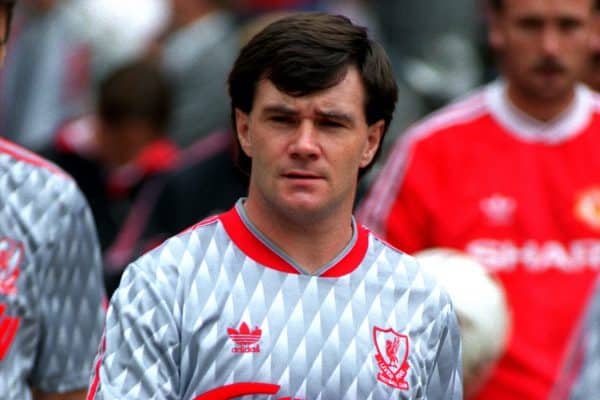
Appearances: 19
Goals: 1
Still underrated, Houghton was an integral part of Dalglish’s successful side of the late-1980s, but injuries denied him a regular role in Liverpool’s title win in 1989/90.
After playing just 25 times that season, Houghton revived his fortunes for the following two campaigns before leaving for Aston Villa on the advent of the Premier League.
Ronnie Whelan
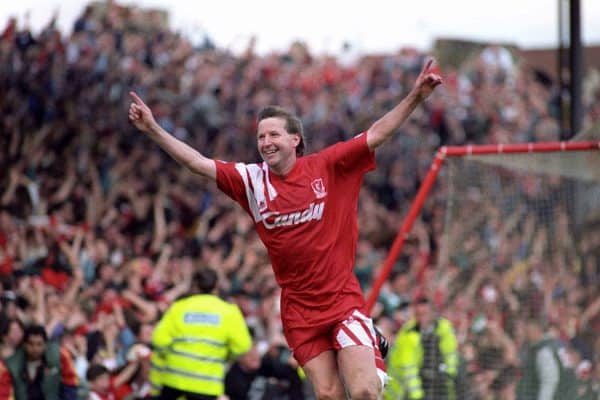
Appearances: 34
Goals: 1
The “man for the big occasion,” as Bob Paisley put it, Whelan was a phenomenal presence in the middle of the park for Liverpool over 13 seasons as a first-team regular, and by 1989/90 had amassed 376 appearances for the club.
It would be his last as a genuine staple of the side, though, as injuries saw his hopes dwindle and, with his contract expiring in 1994, he joined Southend United as player-manager.
Jan Molby
![l-r; JAN MOLBY and MARK WRIGHT [both LIVERPOOL] celebrate their victory. LIVERPOOL v PORTSMOUTH. Paul Marriott/EMPICS Sport](https://www.thisisanfield.com/wp-content/uploads/PA-35858-600x400.jpg)
Appearances: 17
Goals: 1
Supremely talented but dogged by problems with fitness and imprisonment in 1988, Molby’s brilliance in defence or midfield was stifled as he remained on the fringes in 1989/90, playing 20 times in all competitions including the title-clincher against QPR.
He fought his way back into the side for the following two seasons, and was a sporadic influence in the early years of the Premier League before loans with Barnsley and Norwich, and a swansong with Swansea between 1996 and 1998.
John Barnes
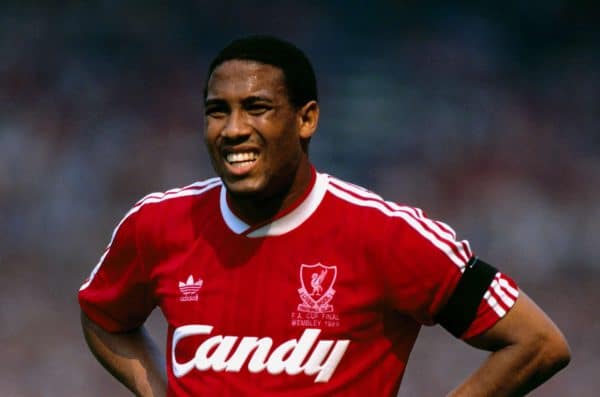
Appearances: 34
Goals: 22
Barnes was an unstoppable force in the late-1980s—first with Watford, then with Liverpool—and he was arguably at his best in 1989/90, shifting from the wing to join Ian Rush in attack and ending the campaign as top scorer.
Injury in 1992 forced another change of position, moving into midfield where he would eventually serve as Roy Evans’ captain and deep-lying playmaker, before joining Newcastle in 1997.
Ian Rush
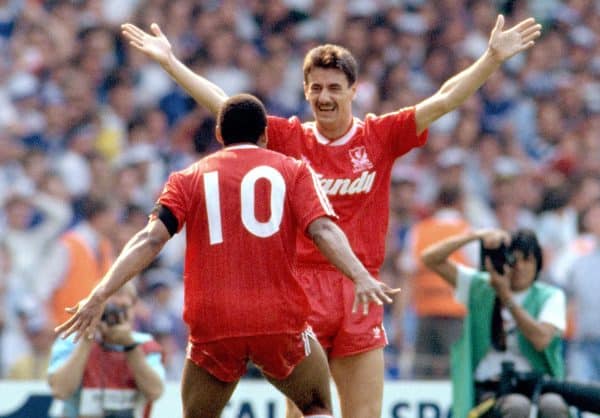
Appearances: 36
Goals: 18
Dalglish’s first-choice striker, Rush had already broken the 200-goal mark for Liverpool by 1987, and picked up where he left off after a disappointing season with Juventus in 1987/88.
Having reclaimed his spot from John Aldridge, the Welshman struck 18 times in 36 league games in 1989/90, including the opener in the 2-1 victory over QPR.
Rush stayed with Liverpool until 1996, but this proved his last title with the club; he remains the Reds’ all-time top goalscorer, with 346.
Peter Beardsley
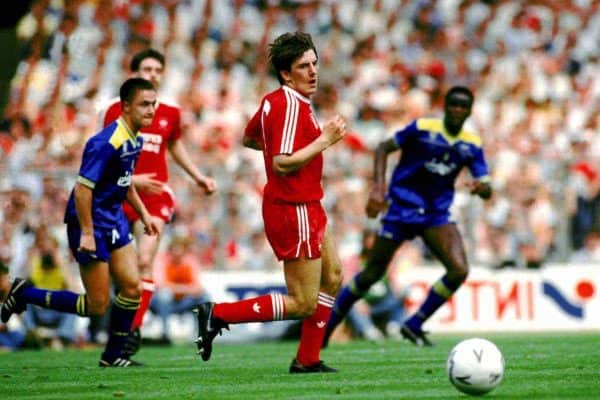
Appearances: 29
Goals: 10
The skill and sight of Beardsley gave Liverpool an edge in attack, and the Geordie regularly scored and assisted throughout the campaign as he supported Barnes and Rush, only to miss the final eight games due to a knee injury.
Marseille made an approach for Beardsley at the end of the season, but he stayed at Anfield for another two years before making the move across Stanley Park to join Everton in 1991.
Ronnie Rosenthal
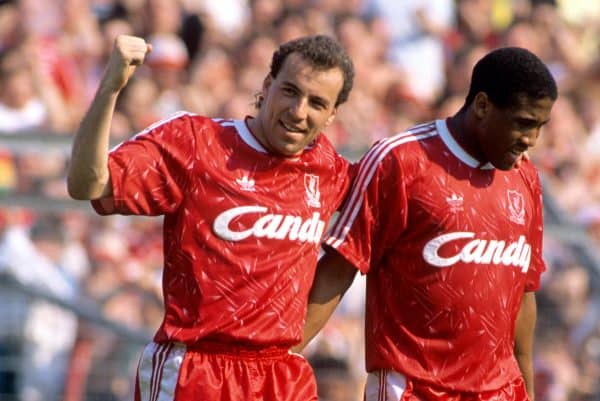
Appearances: 8
Goals: 7
A revelation after making a loan switch from Standard Liege in March 1990, as Dalglish sought extra firepower for the run-in, Rosenthal scored seven goals in eight games—including a hat-trick against Charlton on his full debut.
Signed permanently that summer, Rosenthal was never able to secure a prolonged role as first choice, but remains a cult hero despite only playing 97 times for the club before moving to Tottenham in 1994.
Kenny Dalglish
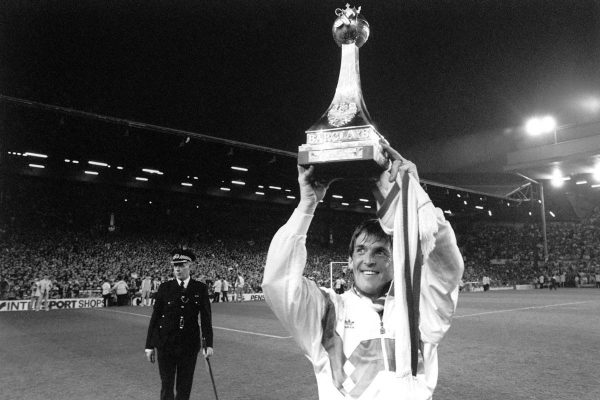
Though still formally player-manager, Dalglish had not selected himself as a regular since the 1986/87 campaign, and made his final appearance for Liverpool as a 71st-minute substitute in the penultimate game of 1989/90, replacing Molby in a 1-0 win over Derby.
Dalglish won eight league titles with the Reds, with three coming as manager, along with three European Cups, two FA Cups and five League Cups, among many other honours, and is one of the club’s best-ever players.
The Scot resigned in 1991, under the weight of the Hillsborough disaster, before returning as manager in 2011 after spells in charge of Blackburn, Newcastle and Celtic.
In 2017, the Centenary Stand at Anfield was officially renamed the Sir Kenny Dalglish Stand, in honour of arguably Liverpool’s most important figure, on and off the pitch.
He was 39 on his final appearance for the club; now 69, he has held the distinction of being the Reds’ last title-winning manager for 30 years.
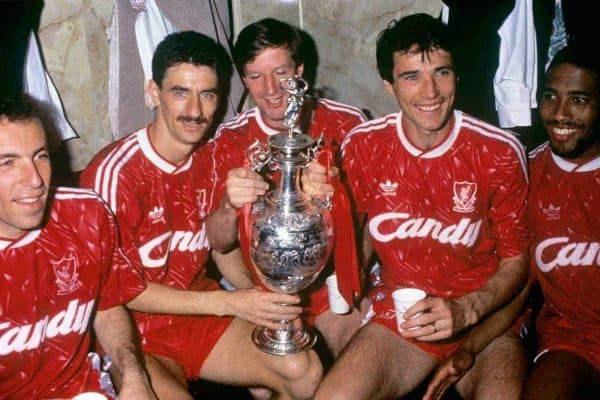
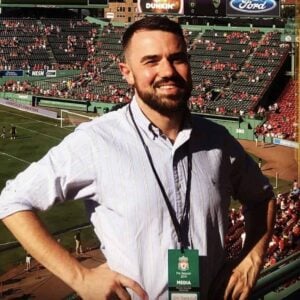
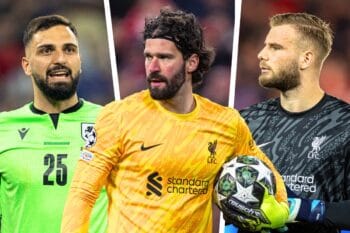

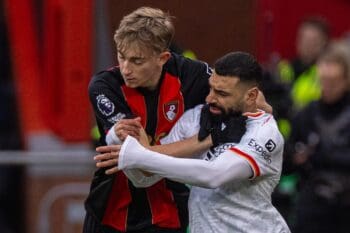


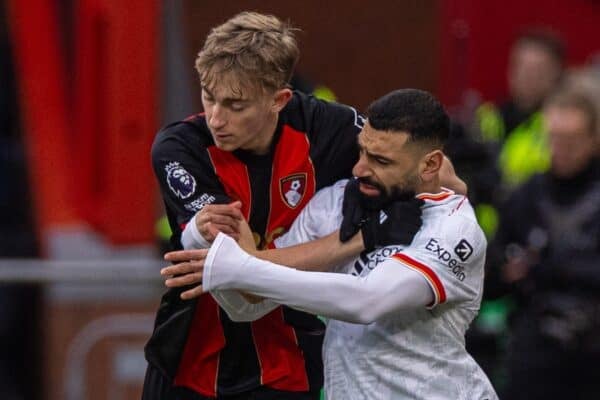
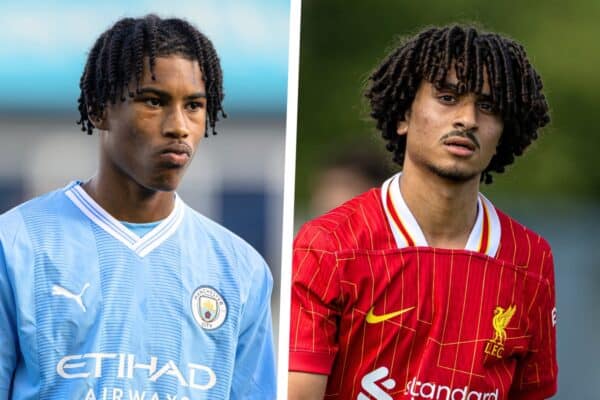
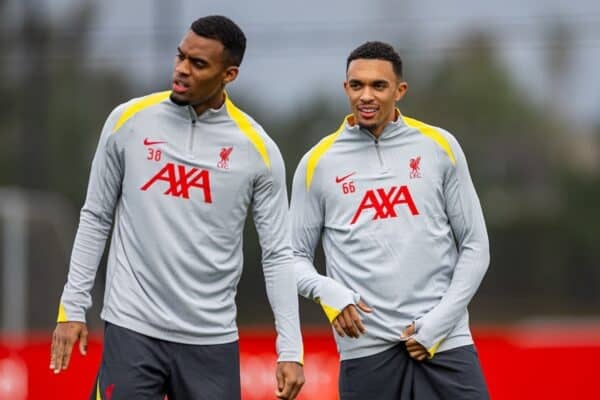
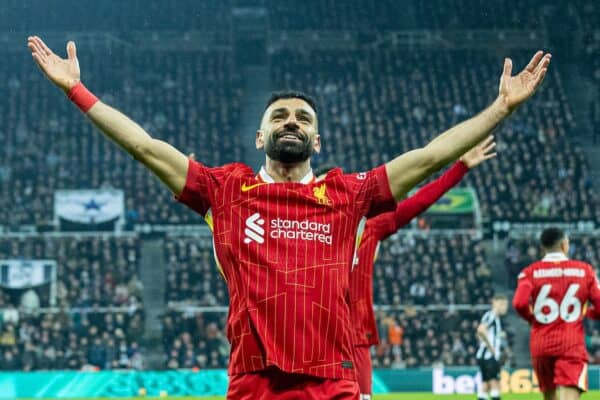
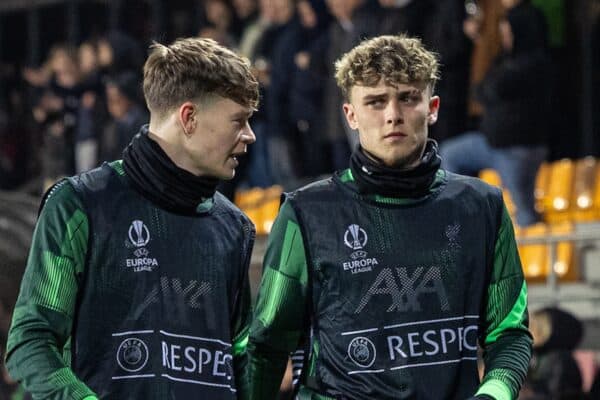
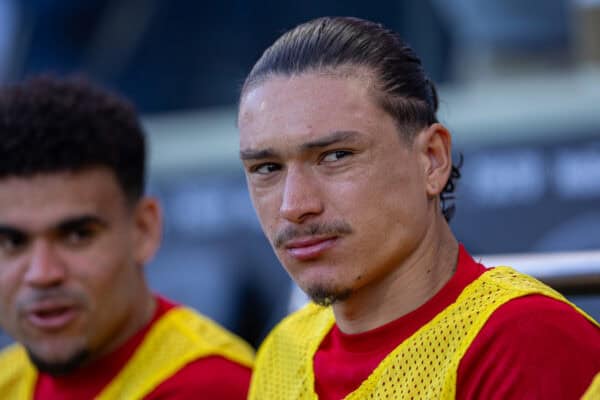
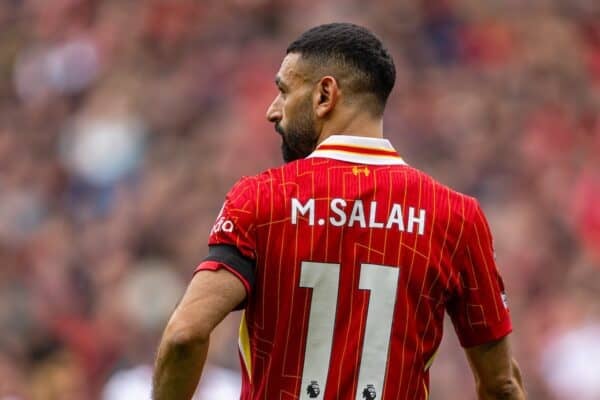
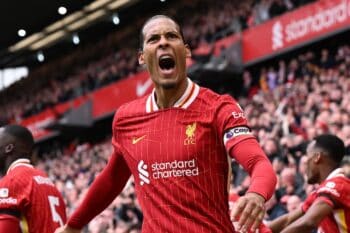
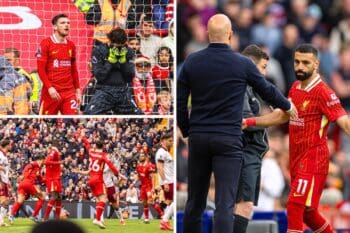
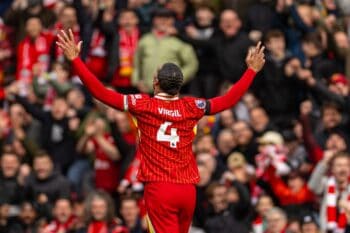

Fan Comments